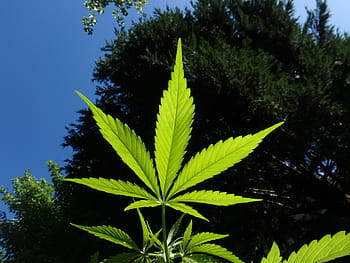Australia’s states and territories have taken different approaches to cannabis law reform. Cannabis remains prohibited under federal law, but in January 2020 the Australian Capital Territory (ACT) became the first to legalise recreational cannabis use. In the ACT, there is no cannabis market, hydroponic cultivation is banned and gifting is not allowed. There is a personal possession limit of 50 grams of dry material, 150 grams of wet material, and a home grow limit of 2 plants per individual up to 4 plants per household.[1] It is too soon to see the impacts of this law change.
Cannabis regulation differs by state, with each having variations on decriminalisation or reliance on police discretion. South Australia and the Northern Territory have decriminalised cannabis for possession of small quantities, and though Western Australia had also, the law was repealed in 2011. In New South Wales, Queensland, Victoria and Tasmania, cannabis has not been decriminalised. These states rely on police discretion for convictions related to possession of small amounts of cannabis. Many states have formalised diversion schemes that cover cannabis and prevent convictions for minor cannabis offences. Cannabis-related arrests make up the highest proportion of drug arrests in Australia, but 39% of these are addressed using caution, diversion or infringements.[2]
Overall, regulation has been trending towards being more prohibitive since 2001, which correlates with a decline in use from around one in eight people using in the past 12 months to one in ten in 2013, largely among higher socioeconomic status groups. This might suggest an association between a tightening of the regulations and reduced cannabis use rates.[3] Australians are also waiting longer to try cannabis. The average age of first use of cannabis among Australian youth increased by over 12 months from 15 and a half in 2001 to nearly 17 in 2016.[4]
Indicators of cannabis supply and demand in Australia provide a mixed picture, but overall point to a large, relatively stable market. In 2017-18, the number of national cannabis arrests decreased for the second consecutive reporting period However cannabis-related drug arrests remain the highest among all drug arrests at 72,381 for the reported period. Of these arrests, 39% were addressed using caution, diversion or infringements.[5]
References
[1] Ritter et al., “Explaining the Declining Rates of Past Year Cannabis Use in Australia: A First Pass,” Drug and Alcohol Review 36, no. 5 (2017)
[2] Australian Criminal Intelligence Commission, “Illicit Drug Data Report 2017-18”, 2019
[3] Chan et al., “Socio-Economic Differentials in Cannabis Use Trends in Australia,” Addiction 113, no. 3 (2018); Ritter et al., “Explaining the Declining Rates of Past Year Cannabis Use in Australia: A First Pass,” Drug and Alcohol Review 36, no. 5 (2017)
[4] Livingston et al., “Trends in the Sequence of First Alcohol, Cannabis and Cigarette Use in Australia, 2001–2016,” Drug and Alcohol Dependence 207 (2020)
[5] Australian Criminal Intelligence Commission, “Illicit Drug Data Report 2017-18”, 2019

